How Cannabis And Animals Humans Evolved Biologically Together
7 Ways Animals Are Like Humans
Animals and Humans
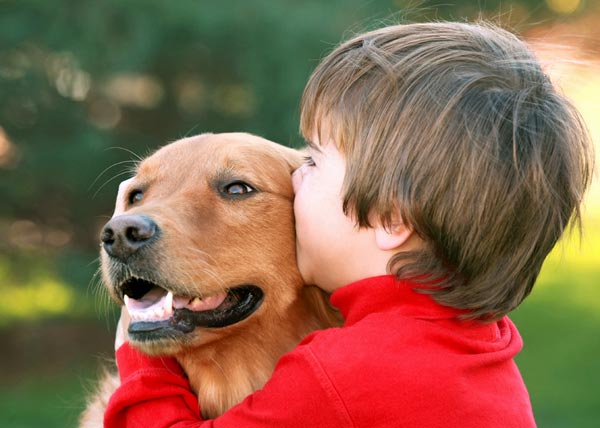
Nosotros humans like to think of ourselves as a special bunch, merely it turns out we accept plenty in common with other animals. Math? A monkey can do it. Tool use? Hey, even birds take mastered that. Culture? Sorry, folks — chimps take it, too.
Here'due south a list of some of the top parallels between humans and our brute kin. You may exist surprised at how similar we are to even our afar relations.
Ears Like a Katydid
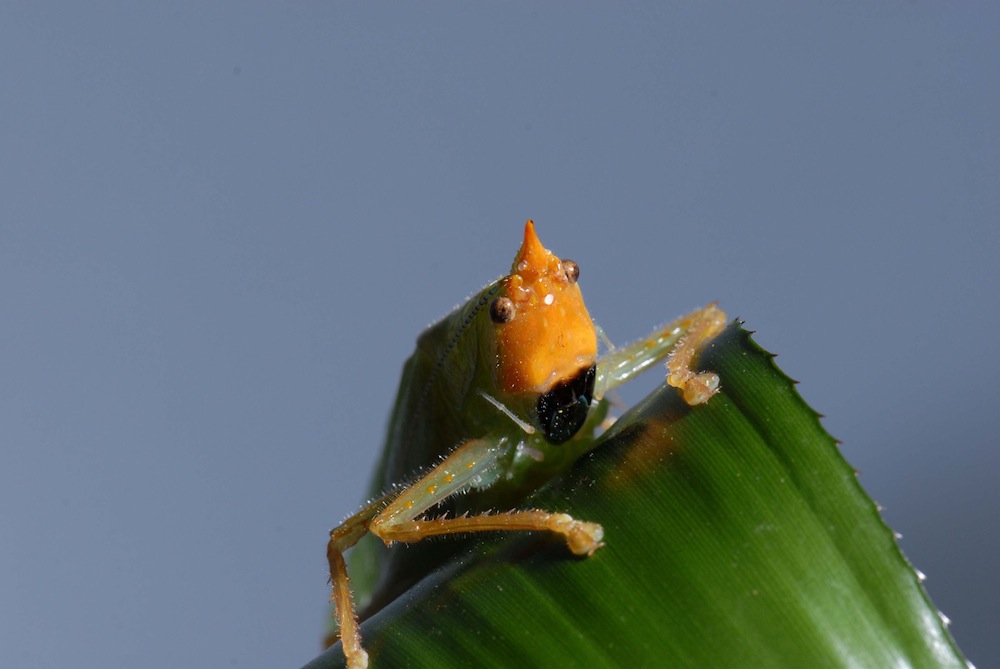
Humans have complex ears to translate sound waves into mechanical vibrations our brains can process. So, as it turns out, do katydids. Co-ordinate to research published Nov. 16, 2012 in the journal Science, katydid ears are arranged very similarly to man ears, with eardrums, lever systems to amplify vibrations, and a fluid-filled vesicle where sensory cells wait to convey data to the nervous system. Katydid ears are a bit simpler than ours, simply they can also hear far in a higher place the homo range.
Worlds Like an Elephant
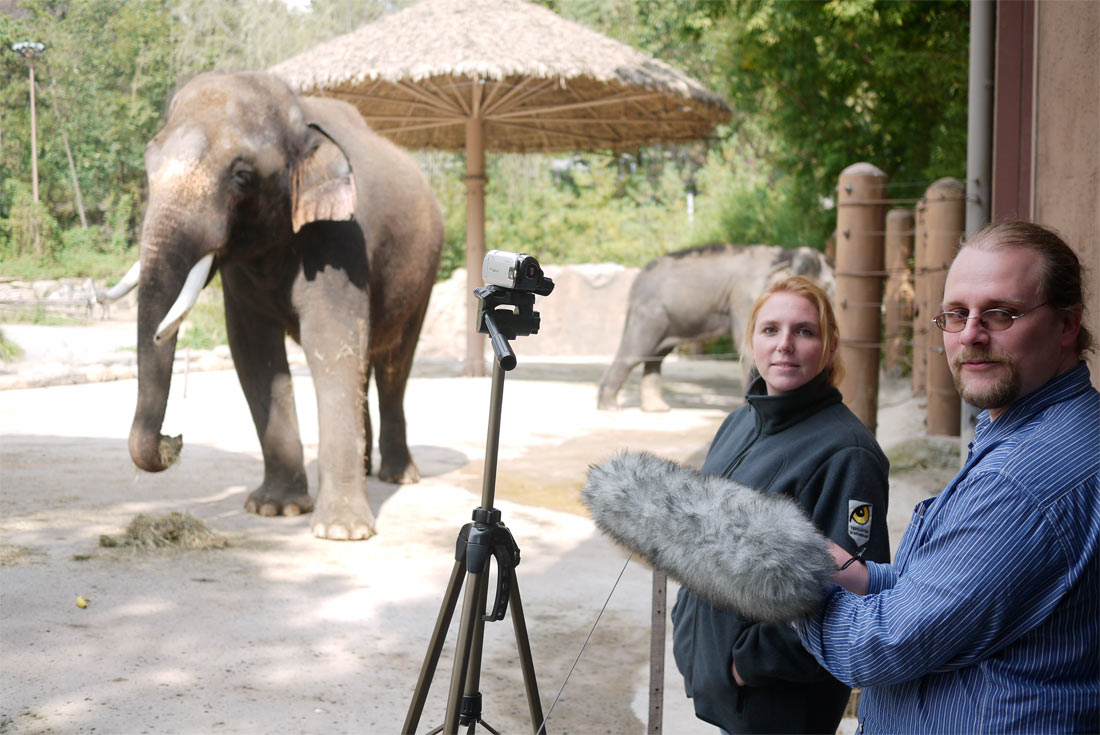
Humans exercise reign supreme in the arena of language (every bit far as nosotros know), but even elephants can figure out how to make the aforementioned sounds nosotros do. According to researchers, an Asian elephant living in a South Korean zoo has learned to apply its trunk and pharynx to mimic man words. The elephant tin can say "hello," "expert," "no," "sit downwardly" and "prevarication downwards," all in Korean, of grade.
The elephant doesn't appear to know what these words hateful. Scientists call up he may have picked up the sounds because he was the just elephant at the zoo from when he was five to when he turned 12, leaving him to bail with humans instead.
The Facial Expressions of a Mouse

Do you lot brand weird faces when you're in pain? So do mice. In 2010, researchers at McGill Academy and the University of British Columbia in Canada found that mice subjected to moderate pain "grimace," simply like humans. The researchers said the results could be used to eliminate unnecessary suffering for lab animals by letting researchers know when something hurts the rodents.
The Slumber-Talk of a Dolphin

Dolphins may slumber-talk in whale song, according to French researchers who've recorded the marine mammals making the non-native sounds tardily at dark. The 5 dolphins, which live in a marine park in France, take heard whale songs merely in recordings played during the day around their aquarium. But at night, the dolphins seem to mimic the recordings during residue periods, a possible form of sleep-talking. And you thought your nocturnal mumblings were weird.
The House-Building Skill of an Octopus
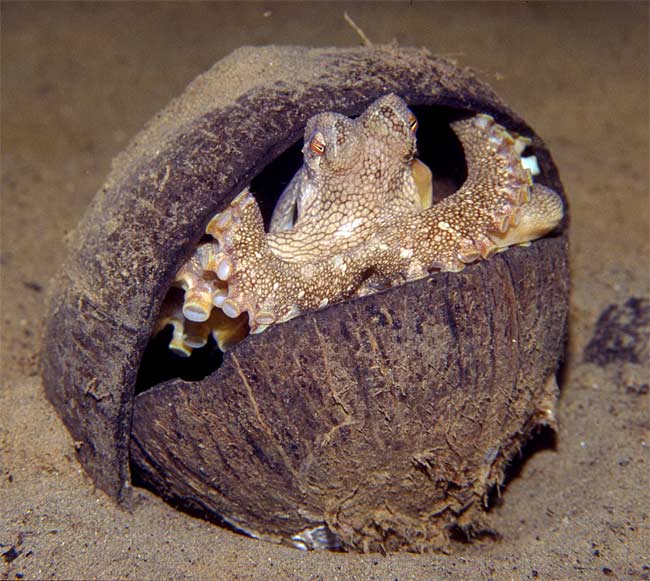
Okay, Frank Lloyd Wright'southward "Falling Water" it is non, only a home built by an octopus has the reward of existence mobile.
The veined octopus (Amphioctopus marginatus) tin can make mobile shelters out of coconut shells. When the animal wants to move, all it has to do is stack the shells like bowls, grasp them with potent legs, and waddle away along the ocean floor to a new location.
The Movements of a Brittle Star
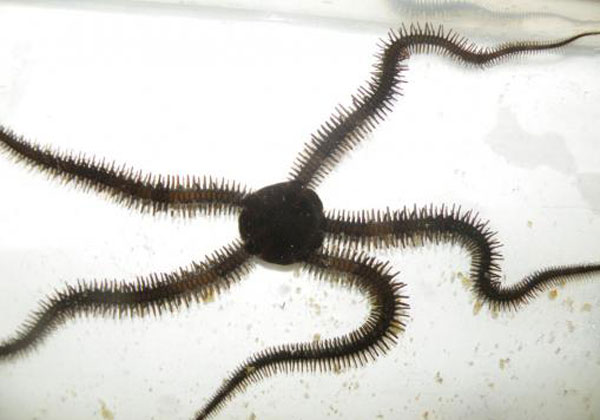
It'd be difficult to imagine an organism less like a human than a brittle star, a starfish-like creature that doesn't even take a cardinal nervous system. And yet these v-armed wonders move with coordination that mirrors human locomotion.
Breakable stars have radial symmetry, meaning their bodies can be split into matching halves by drawing imaginary lines through their arms and central axis. Humans and other mammals, in comparison, have bilateral symmetry: Yous can split the states in half 1 mode, with a line drawn straight through our bodies. Most of the time, animals with radial symmetry movement fiddling or move up and down, similar a jellyfish that propels itself through the water. Brittle stars, however, move forrard, perpendicular to their body axis — a skill usually reserved for the bilaterally symmetrical.
Encephalon Like a Pigeon
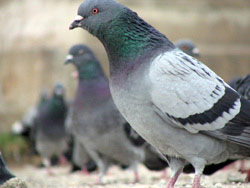
Gamblers in Vegas take something in common with pigeons on the sidewalk, and it's not just a fascination with shiny objects. In fact, pigeons make gambles just similar humans, making choices that leave them with less money in the long run for the elusive hope of a big payout.
When given a choice, pigeons will push a button that gives them a big, rare payout rather than one that offers a small reward at regular intervals. This questionable conclusion may stem from the surprise and excitement of the large advantage, according to a study published in 2010 in the periodical Proceedings of the Royal Order B. Human being gamblers may be similarly lured in by the idea of major loot, no matter how long the odds.
Source: https://www.livescience.com/24807-ways-animals-humans-alike.html
Posted by: smithbelve1956.blogspot.com

0 Response to "How Cannabis And Animals Humans Evolved Biologically Together"
Post a Comment